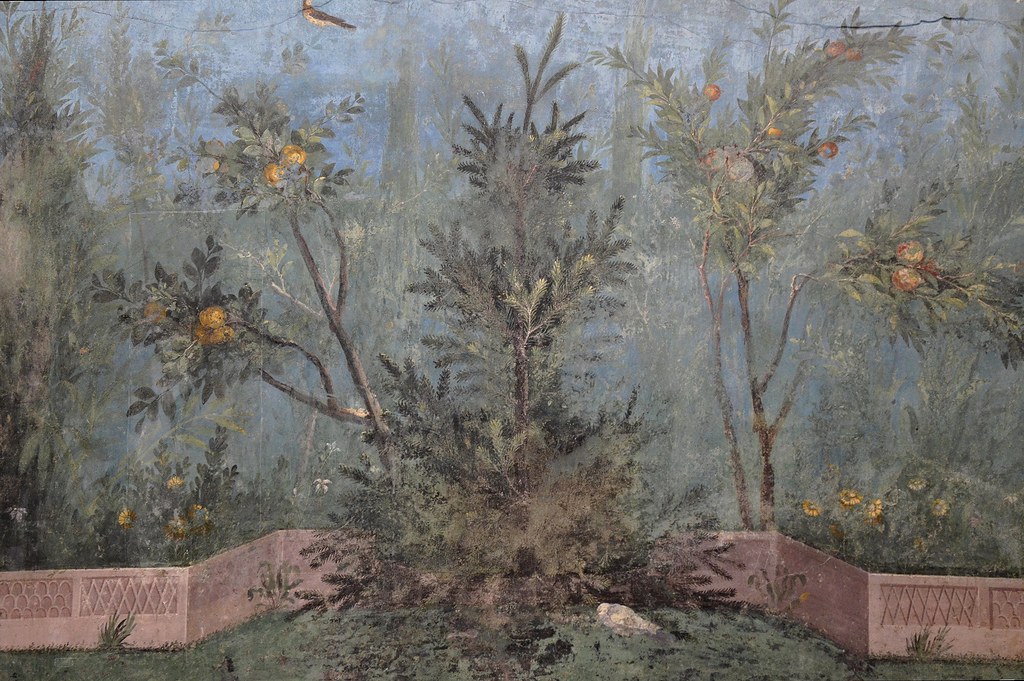

In The Rehearsal (1874), Degas abandoned academic subject matter, brushwork, and compositional formulas to capture “the transitory, fugitive, and contingent” on canvas. In marked contrast, the Impressionists recorded the contemporary scene. ii CONTENTS About the Cover Art In a famous 1860 essay entitled “The Painter of Modern Life,” the French poet and critic Charles Baudelaire (1821–1867) argued that “modernity is the transitory, the fugitive, the contingent.” That definition well describes the paintings of Edgar Degas (1834–1917) and the Impressionists, which stand in forceful opposition to that era’s government-sponsored academic art featuring traditional religious, historical, and mythological subjects and highly polished technique. In this authoritative and lavishly illustrated volume, Professor Kleiner traces the development of Roman art and architecture from Romulus’ foundation of Rome in the eighth century BCE to the death of Constantine in the fourth century CE, with special chapters devoted to Pompeii and Herculaneum, Ostia, funerary and provincial art and architecture, and the earliest Christian art. Also by Fred Kleiner: A History of Roman Art (Wadsworth 2007 ISBN 0534638465), winner of the 2007 Texty Prize as the best new college textbook in the humanities and social sciences. He was Editorin-Chief of the American Journal of Archaeology from 1985 to 1998. Long recognized for his inspiring lectures and devotion to students, Professor Kleiner won Boston University’s Metcalf Award for Excellence in Teaching as well as the College Prize for Undergraduate Advising in the Humanities in 2002. He has taught the art history survey course for more than three decades, first at the University of Virginia and, since 1978, at Boston University, where he is currently Professor of Art History and Archaeology and Chair of the Art History Department. KLEINER (Ph.D., Columbia University) is the author of Gardner's Art through the Ages: A Global History, 13th edition, and co-author of the 10th, 11th, and 12th editions of Art through the Ages as well as more than a hundred publications on Greek and Roman art and architecture, including A History of Roman Art, also published by Wadsworth.



 0 kommentar(er)
0 kommentar(er)
